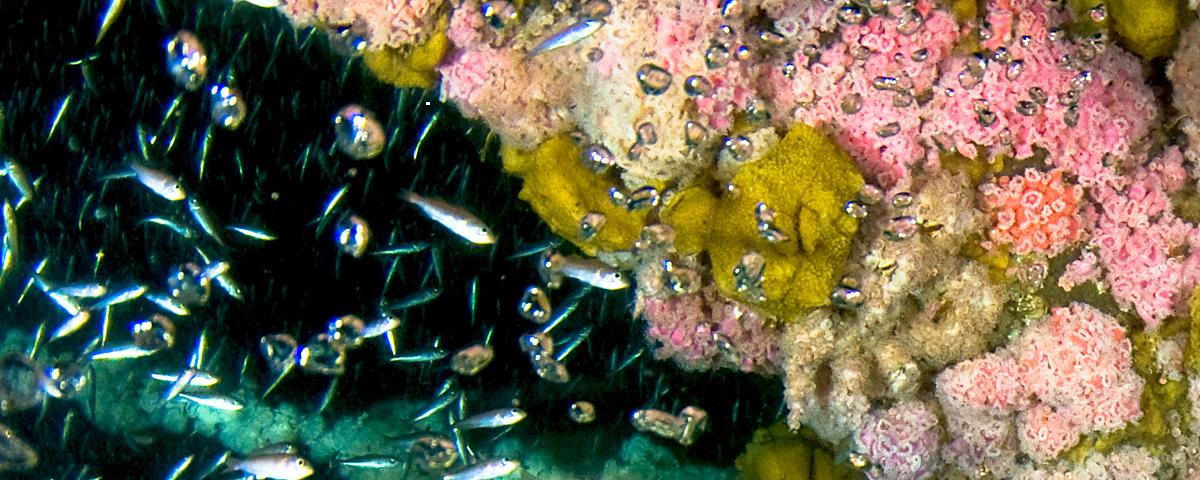Genetic Connectivity in Scleractinian Corals across the Northern Gulf of Mexico: Oil/Gas Platforms, and Relationship to the Flower Garden Banks
Abstract
The 3,000 oil/gas structures currently deployed in the northern Gulf of Mexico (GOM) provide hard substratum for marine organisms in a region where such has been rare since the Holocene. The major exception to this are the Flower Garden Banks (FGB). Corals are known to have colonized oil/gas platforms around the FGB, facilitating biogeographic expansion. We ask the question, what are the patterns of genetic affinity in these coral populations. We sampled coral tissue from populations of two species occurring on oil and gas platforms: Madracis decactis (hermatype) and Tubastraea coccinea (invasive ahermatype). We sampled 28 platforms along four transects from 20 km offshore to the continental shelf edge off 1) Matagorda Island, TX; 2) Lake Sabine, TX; 3) Terrebonne Bay, LA; and 4) Mobile, AL. The entire population of M. decactis was sampled between depths of 5 m and 37 m. T. coccinea populations were sub-sampled. Genetic variation was assessed using the PCR-based Amplified Fragment Length Polymorphisms (AFLPs). Data were analyzed via AFLPOP and STRUCTURE. Genetic connectivity among M. decactis platform populations was highest near the FGB and decreased to the east. Connectivity increased again in the eastern sector, indicating isolation between the populations from different sides of the Mississippi River (Transects 3 and 4). A point-drop in genetic affinity (relatedness) at the shelf edge south of Terrebonne Bay, LA indicated a population differing from all others in the northern GOM. Genetic affinities among T. coccinea were highest in the west and decreased to the east. Very low genetic affinities off Mobile, AL indicated a dramatic difference between those populations and those west of the Mississippi River, apparently a formidable barrier to larval dispersal.

